|
Fibers
Fibers are the smallest elongated element that can be identified as to its
source. A fibril is the smallest
elongated element from a source. For example, a paper fiber can generally be
identified in
terms of the genus of tree that it came from. Paper fiber is made up of
cellulose fibrils, which are
the same regardless of source. This section contains primarily fibers though the
mineral fibers are
both fibers and fibrils.

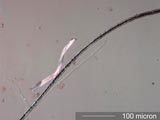

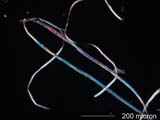
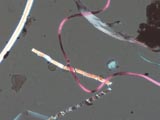
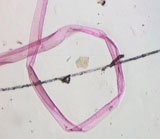

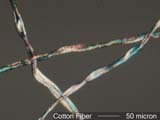

Feather Barbules (Individual elongated elements
from feathers)
Bird feather barbules are very common in indoor samples though they are
normally at low levels.
They have low birefringence but are easily seen with full crossed
polarizing filters. The are
regularly jointed or barbed and the barbed barbules from the down can
often indicate the genus
of the bird from which the barbule came. Chicken, duck and goose down
are often seen indoors
and probably come from bedding, winter jackets, for furniture. Feathers
should never be one of
the major particle types in a sample. That would be an unusual
condition. Health complaints
related to feather barbules are typically due to specific allergies to a
type of bird or bird
louse. Birds can be a disease vector.




Click here for more BIRD FEATHER BARBULE photos
Glass fiber is one of the major causes of health complaints in indoor
environments. Acoustic ceiling
tile are the most frequent source of glass fiber in offices and school
classrooms. Fiber from the HVAC
system are the next most frequent cause of glass fiber exposure in
offices. Faulty construction practices
are the most common cause of glass fiber exposure in homes. Any kind of
building construction or
remodeling has a potential to result in health complaints. One cause for
those health complaints is the
release of glass fiber.
- Article: Glass Fiber and Health Complaints
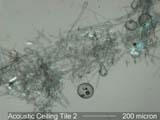
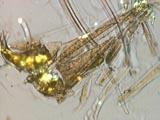
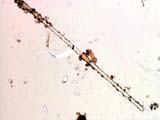
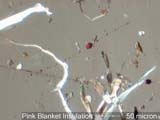
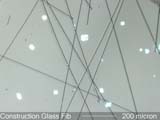
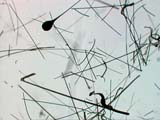
Click here for more Glass Fiber photos.
Hair is one of the best ways to detect the presence of an animal or
animal alergens in an indoor
environment. Human, cat, dog, sheep (wool), rabbit, mouse, rat, cow,
horse, and bat are the most
common hairs seen with human hair so common it is usually included with
the human skin flake
category. Rather than having to test for all of the animal allergens,
their unsuspected presence
is often detected by a microscopical analysis of particles settled on
surfaces in an environment.
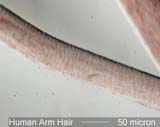
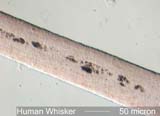
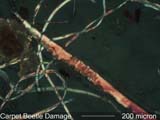
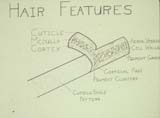
Click
here for more Hair photos
Click
here for Pet Hair photos
Insect silks are fibers produced by insects that perform a special
function as some part of the insects
life processes. It includes "silk", a fiber used in human textiles, that
is from the cocoon of special
moths. It also includes the tent fibers and suspension fibers of many
caterpillars. Spider webs, though
these are not actually insects, are also included here. Spider webs
often function as selective impaction
filters and because of their small diameter, very effectively collect
soot.
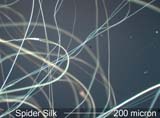
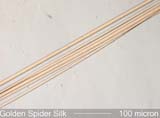 Insect "hair" includes setae and scales. These are fibers on the surface
of the insect that are a part
of the exoskeleton of the insect. Some of these fibers can cause health
complaints or can be usefull as
indicators of the presence of insects that can cause health complaints.
Insect "hair" includes setae and scales. These are fibers on the surface
of the insect that are a part
of the exoskeleton of the insect. Some of these fibers can cause health
complaints or can be usefull as
indicators of the presence of insects that can cause health complaints.
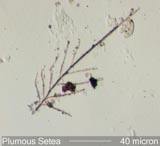
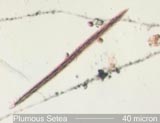
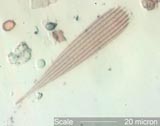
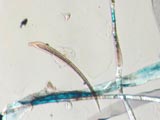
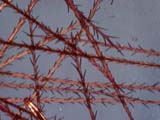
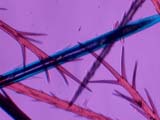
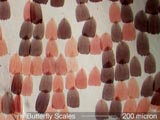
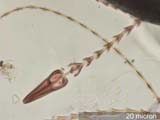
Click here for more Insect Hair photos
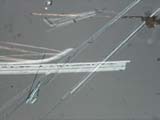
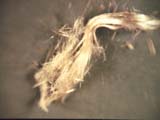
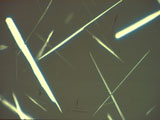
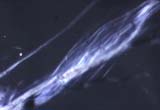
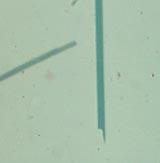
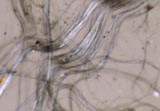
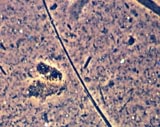

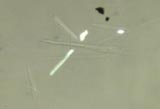

Click here for more Natural Mineral Fibers
photos.
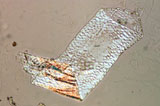
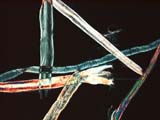
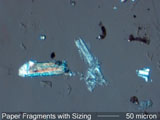
Click here for more Paper Fibers photos.
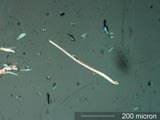 Plant "hair" are the elongated elements that form on the surface of the
plant or are released as fibers
by the plant into the environment. There is a great deal of mophological
variability in these hairs and
they perform a number of different functions for the plant. Some of
these hairs are actually collected and
sold as "Itching Powder". Itching powders have been the cause of health
complaints in some offices.
Plant "hair" are the elongated elements that form on the surface of the
plant or are released as fibers
by the plant into the environment. There is a great deal of mophological
variability in these hairs and
they perform a number of different functions for the plant. Some of
these hairs are actually collected and
sold as "Itching Powder". Itching powders have been the cause of health
complaints in some offices.
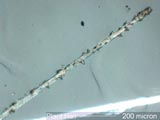
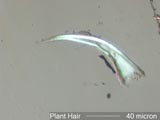
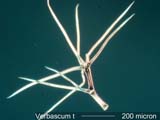
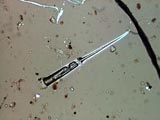

Click here for more Plant Hair photos.



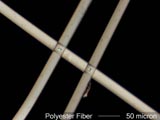


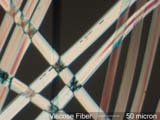
Click here for more Synthetic Fiber photos.
|




























































